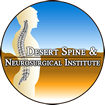Procedures
Image Guided Cranial and Spinal Surgery
Craniotomy for Aneurysms
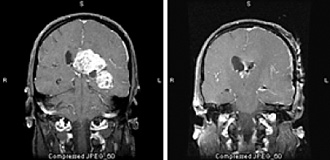
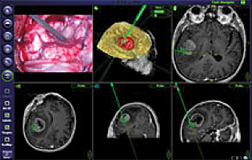

Microsurgical Resection of Spinal Cord Tumors
Advances in microneurosurgery make it possible to completely remove many tumors that were previously thought to be inoperable. These new techniques and tools let neurosurgeons operate within the tight, vulnerable confines of the spinal canal. Some tools used in the operating room include a surgical microscope, intraoperative nerve monitoring and miniature precision instruments that allow surgery to be performed through a small incision in the spine.
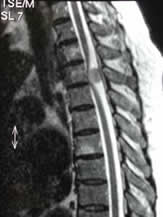
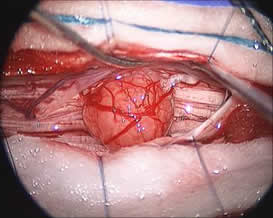
Minimally Invasive Spinal Surgery
Lumbar Microdiscectmy (LMD)
Lumbar Microendoscpic Discetomy ( LMED)
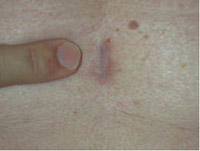
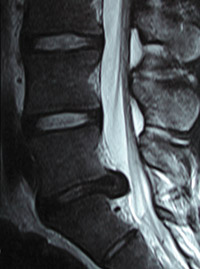
Posterior Lumbar Interbody Fusion
Spondylolisthesis
Spondylolisthesis can cause debilitating back and leg pain. This patient was treated successfully with posterior lumbar interbody fusion (PLIF). He returned to work six weeks after the reconstruction. He remains pain free two years after the surgery.
- PLIF – View Animation
- TLIF – View Animation
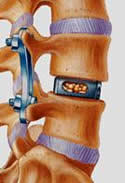
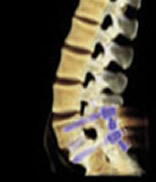
Lateral Lumbar Interbody Fusion
XLIF
This is a minimally invasive technique for lumbar interbody fusion. The blood loss is minimal and the procedure can be done as an outpatient.
DLIF

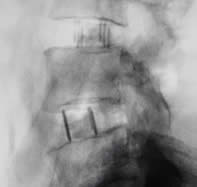
Anterior Lumbar Interbody Fusion
ALIF
ALIF procedure is an alternative to posterior interbody fusion and maybe performed by laperoscopic or mini-open technique utilizing threaded fusion cages or allograft/peak spacers.
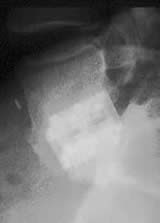
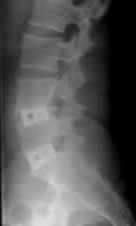
Deformity Correction
Adult degenerative scoliosis is pathologically different from adolescent idiopathic scoliosis. The curvature is rigid with a rotational, sagittal and coronal deformity requiring a two-stage anterior-posterior operation for anterior release and posterior decompression and stabilization. These patients were treated with an innovative technique using a single posterior approach.
Before

After

Before
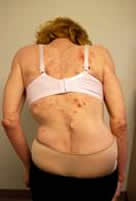
After
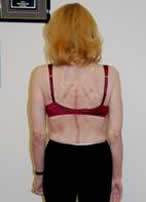
Before

After
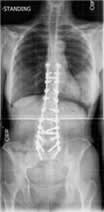
Lumbar Laminectomy
Posterior Lumbar Fusion
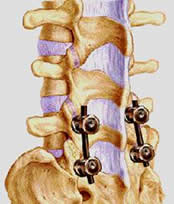
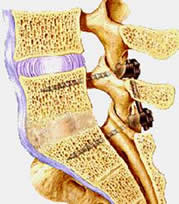
Total Facet Arthroplasty System® (TFAS®)
TFAS® is an articulating joint prostheses intended to restore normal motion and provide stabilization of spinal segments in skeletally mature patients. It can be used as an adjunct to laminectomy, laminotomy, neural decompression and facetectomy, in lieu of fusion, for treatment of instabilities or deformities of the lumbar spine including:
- Degenerative disease of the facets;
- Degenerative disease of the facets with instability;
- Grade 1 degenerative spondylolisthesis with objective evidence of neurologic impairment;
- Central or lateral spinal stenosis.
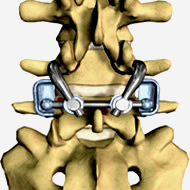
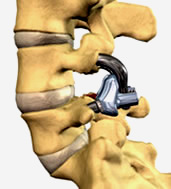
Lumbar Disc Replacement
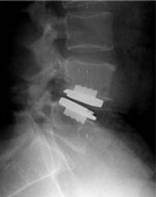
TDR

Prodisc-L Artificial Disc
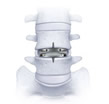
Cervical Disc Replacement
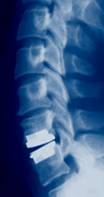
Prestige Artificial Disc
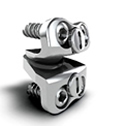
Prodisc-C Artificial Disc

Anterior Cervical Discectomy
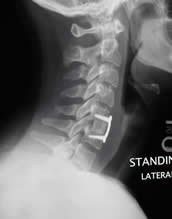
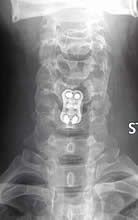
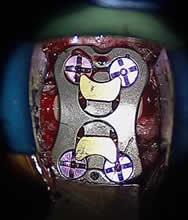
Cervical Corpectomy
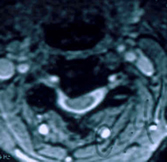
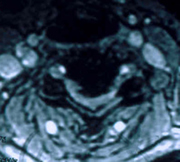

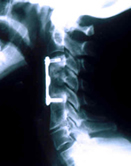
Cervical Myelopathy and Poly-Radiculopathy
regained the full strength of her extremities.
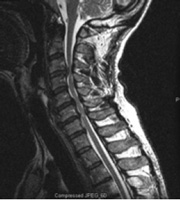
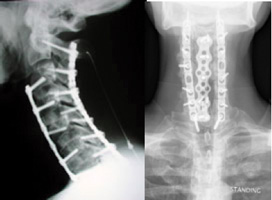
Cervical Laminoplasty
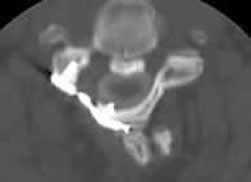


Occiput-Cervical Fixation

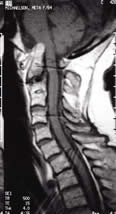

Cervical Osteotomy
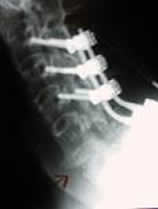
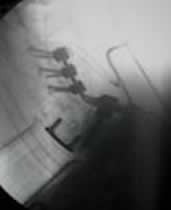
Metastatic Disorders of the Spine
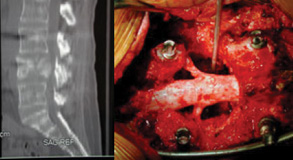
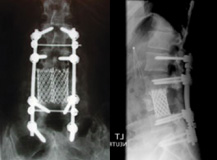
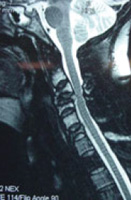
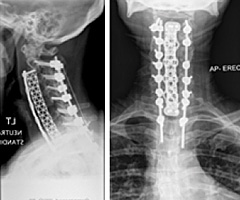
Anterior Lumbar Corpectomy
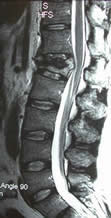


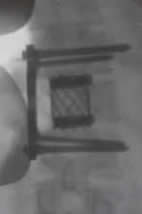
Minimally Invasive Treatment of Osteoportic Fractures
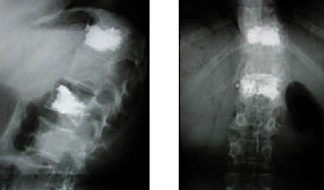
Osteoporotic fractures of the spine can be quite painful and disabling. They frequently result in progressive spinal deformity if left untreated. This condition is effectively treated with the kyphoplastyor vertebroplasty procedures.
Kyphoplasty
Vertebroplasty
